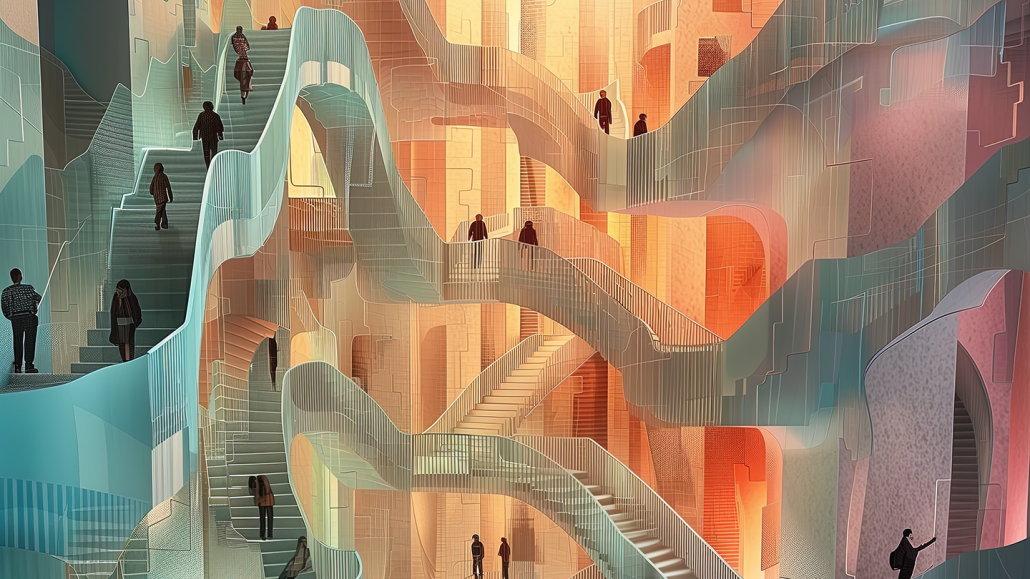Questions for ‘Does AI steal art or help create it? It depends on who you ask’

Architect Joshua Vermillion uses the image generator Midjourney to create intriguing spaces and scenes. To him, artificial intelligence, or AI, is not “just a tool.” He sees it as “more of a partner.”
Joshua Vermillion/Midjourney